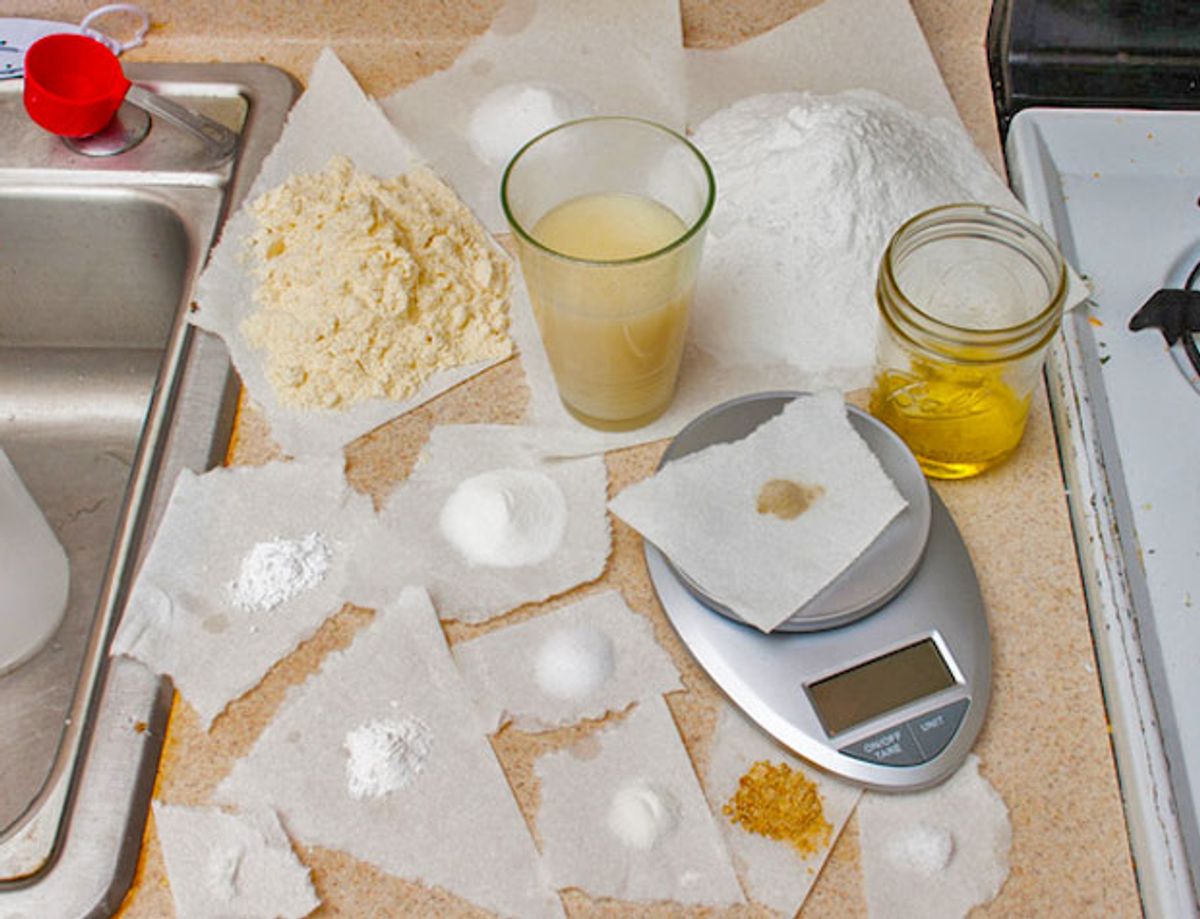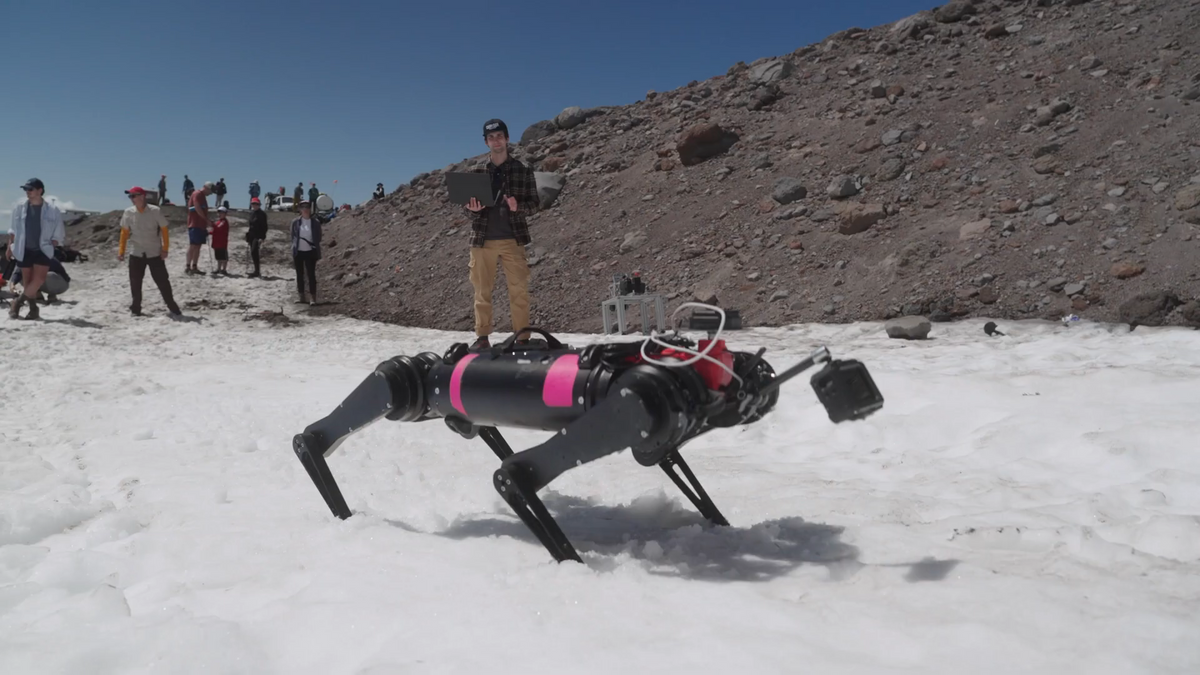Some years ago, I heard a heartbreaking segment on U.S. National Public Radio about a man who came down with a rare but serious illness caused by extreme deficiency of a single mineral. It was revealed, after he died, that his diet consisted more or less exclusively of steamed hamburgers from a single restaurant near his residence. It also turned out that the man was an engineer by profession.
That memory flashed into my mind as I read accounts of a new, crowd-funded effort to produce a single foodstuff that could be consumed, to the exclusion of anything else, by people who are, presumably, extraordinarily busy or very prone to sensory overload. Its mastermind, I learned without much surprise, is also reportedly an engineer.
Like a good engineer, Rhinehart went about his task systematically: he tried different formulas, kept copious notes, had his blood and vital signs repeatedly checked, and kept a diary of his fitness and physical condition. He also meticulously described the entire enterprise on his blog.
“Nutritional drinks” such as Ensure have been around for years, but they are not meant to be consumed to the exclusion of actual food. So the 24-year-old Rhinehart is actually to some extent venturing into the unknown.
What he seems to have found there, at least after a few months of living on the diet, thrilled and delighted him. He says his weight went down, and his energy and mental acuity went up. And the blood tests revealed nothing amiss. Bloggers and reporters by the score have jumped on Rhinehart’s experience in recent weeks, turning him into a minor celebrity. (There’s some irony: an EE finally becomes quasi-famous, and it’s for, um, a bizarre eating regimen.) Thus he seems destined to be the progenitor of perhaps the absolute weirdest fad diet ever.
As an experiment in physiology, Rhinehart’s regimen strikes me as a splendid endeavor. His experiences and carefully kept notes and data, along with those of his followers, might advance our knowledge of diet and nutrition and health. I have a degree and a background in engineering, so I can well understand the drive that propelled Rhinehart on this quest. But as the son of first-generation immigrants from Italy, who regarded food as a supreme pleasure and integral to family life, I find the entire enterprise deeply weird.
If I were on a voyage to the outer planets of the solar system, the unavailability of fresh produce would be one of the hardships I’d expect to endure. Indeed, I’ve been to the South Pole, and I was shocked to discover how good and varied the food was in the cafeteria at the U.S. base there; the first polar explorers basically ate pemmican and dead dogs for months. Happily enough, I live in a temperate region of earth. To my mind, slicing squash and washing dishes (I don’t even own a dishwasher) is a really small price to pay for a succulent and gooey eggplant Parmesan.
If all you have is a hammer, everything looks like a nail. And to some engineers, lots of things look like problems in need of an engineered solution. But it’s odd to think of eating as a problem, and even stranger to come up with the solution that Rhinehart has: just consume this one thing! Nathan Myhrvold, for contrast, applied his prodigious engineering and science knowledge to the challenge of food and succeeded in expanding the frontiers of food preparation, rather than shrinking them to a single, bland, milky shake.
Rhinehart’s weight loss and newfound energy and acuity is a splendid result. But surely, he is smart enough to understand that he can, with a bit more fuss, achieve those things with a healthy and varied diet. And technology is making that easier to swallow than ever: as Spectrum reports in its June issue, new meat analogues are offering delectable alternatives to meat but without the saturated fat and other negatives of animal flesh.
Life offers few opportunities for pleasure with no or few strings attached. Whether to eliminate one of them is a choice we now apparently have. My guess is that very few people are going to avail themselves of it. But a disproportionate number of them might very well be engineers.
Photos: Julio Miles/Soylent
Glenn Zorpette is editorial director for content development at IEEE Spectrum. A Fellow of the IEEE, he holds a bachelor's degree in electrical engineering from Brown University.



